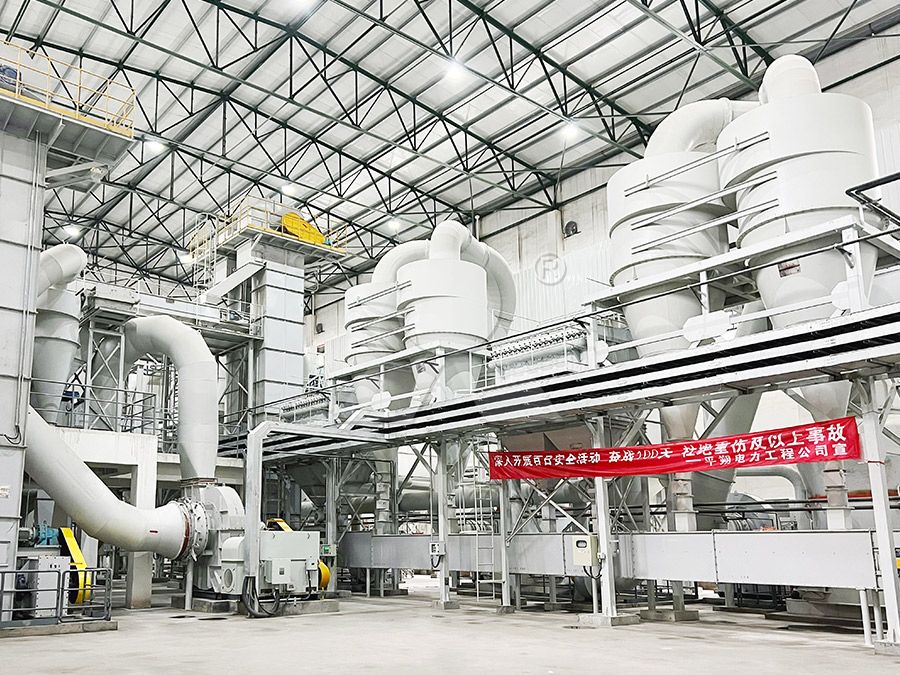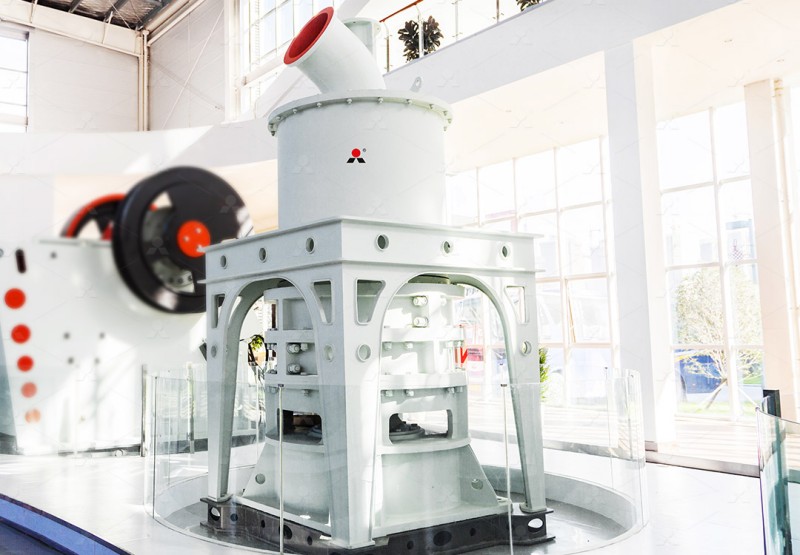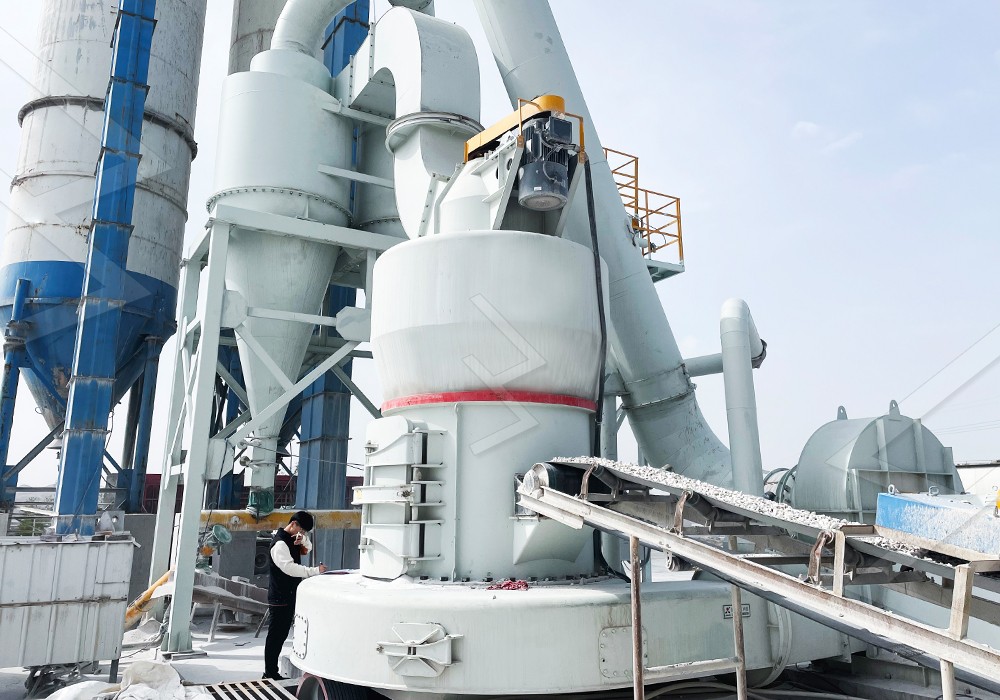4R Raymond Mill for Grinding Calcite to 200 Mesh: A Comprehensive Guide
4R Raymond Mill for Grinding Calcite to 200 Mesh
For decades, the Raymond Mill has been the workhorse of mineral processing operations worldwide. When it comes to grinding calcite to 200 mesh specifications, the 4R Raymond Mill stands out as a particularly reliable and efficient solution. This robust machine combines proven mechanical principles with practical design features to deliver consistent performance in demanding industrial environments.
The “4R” designation refers to the four grinding rollers that apply centrifugal force against the grinding ring, pulverizing material fed into the grinding chamber. For calcite processing, this configuration offers the perfect balance between production capacity and particle size control. The 200 mesh specification (approximately 74 microns) represents a sweet spot for many industrial applications where calcite serves as a functional filler or raw material.

Calcite’s moderate hardness (3 on the Mohs scale) and brittle fracture characteristics make it ideally suited for Raymond Mill processing. The 4R configuration provides sufficient grinding force to efficiently reduce calcite particles without excessive energy consumption. The system’s integrated classifier ensures precise control over final product fineness, consistently delivering the 200 mesh specification that many manufacturers require.
Beyond Traditional Raymond Mill Technology
While the 4R Raymond Mill remains a solid choice for many operations, technological advancements have introduced more sophisticated solutions for ultrafine grinding applications. For operations requiring higher production capacities or finer end products, our MW Ultrafine Grinding Mill represents the next evolution in calcite processing technology.
Engineered for customers who need to make ultra-fine powder, the MW series achieves remarkable efficiency gains through newly designed grinding curves of the grinding roller and grinding ring. With an input size of 0-20 mm and capacity ranging from 0.5-25 tph, this machine demonstrates significant advantages over traditional designs. The MW Ultrafine Grinding Mill delivers production capacity 40% higher than jet grinding mills and stirred grinding mills with the same fineness and power, while consuming only 30% of the energy of jet grinding systems.

Advanced Features for Modern Operations
The MW Ultrafine Grinding Mill incorporates several innovative features that address common challenges in calcite processing. The cage-type powder selector, utilizing German technology, significantly enhances powder separation precision. Operators can adjust fineness between 325-2500 meshes, far exceeding the capabilities of traditional Raymond Mills. For 200 mesh calcite production, this means exceptional control over particle size distribution and superior product quality.
Notably, the grinding chamber contains no rolling bearings or screws, eliminating concerns about bearing damage or loose screws causing operational failures. The external lubrication system enables maintenance without shutdown, supporting continuous 24-hour production cycles that maximize operational efficiency.
Environmental Considerations
Modern grinding operations must address environmental concerns, and the MW Ultrafine Grinding Mill excels in this regard. The integrated efficient pulse dust collector ensures no dust pollution during operation, while silencers and noise elimination rooms significantly reduce acoustic impact. The entire system complies with national environmental protection standards, making it suitable for operations in regulated regions.
For operations requiring even more advanced technology, our LUM Ultrafine Vertical Grinding Mill offers another sophisticated alternative. With input size of 0-10 mm and capacity of 5-18 tph, this mill integrates the latest Taiwanese grinding roller technology with German powder separating technology. Its unique roller shell and lining plate grinding curve generates material layers more effectively, enabling high rates of finished products through single-pass powder milling.

Frequently Asked Questions
What makes the 4R Raymond Mill suitable for grinding calcite to 200 mesh?
The 4R configuration provides the optimal balance of grinding force and precision for calcite’s specific characteristics. The four grinding rollers create sufficient pressure to efficiently fracture calcite particles while the integrated classifier ensures consistent 200 mesh output.
How does the MW Ultrafine Grinding Mill compare to traditional Raymond Mills for calcite processing?
The MW series offers significantly higher efficiency, with 40% greater production capacity and 70% lower energy consumption compared to traditional designs. It also provides much finer grinding capabilities (up to 2500 mesh) and more advanced dust collection systems.
Can these grinding systems handle variations in calcite feed material?
Yes, both the 4R Raymond Mill and MW Ultrafine Grinding Mill are designed to accommodate normal variations in calcite characteristics. The MW series particularly excels with its adjustable grinding parameters and advanced separation technology.
What maintenance requirements should be expected with these systems?
The 4R Raymond Mill requires standard maintenance of grinding components. The MW Ultrafine Grinding Mill significantly reduces maintenance needs with its bearing-free grinding chamber and external lubrication system, enabling continuous operation with minimal downtime.
Are these systems suitable for operations requiring multiple product fineness specifications?
While the 4R Raymond Mill works excellently for fixed specifications like 200 mesh, the MW Ultrafine Grinding Mill offers superior flexibility with adjustable fineness between 325-2500 meshes, making it ideal for operations producing multiple calcite products.
